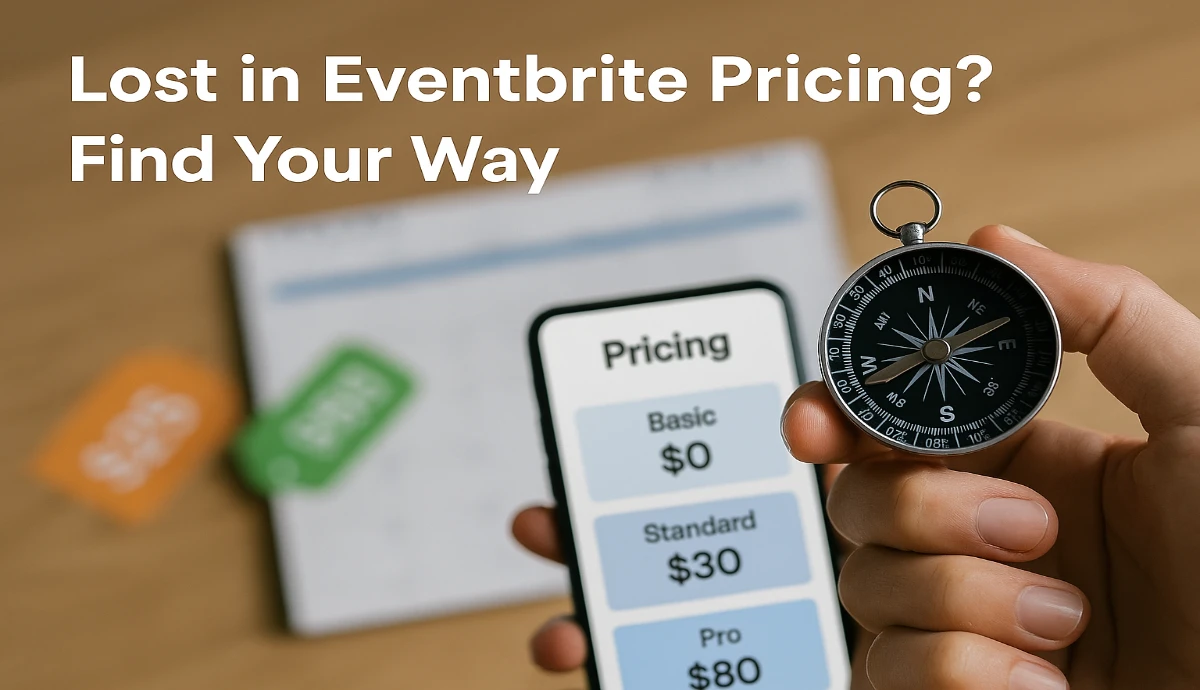Analyzing user behavior data from a sales promotion can provide valuable insights into how your customers interact with your product or service. By understanding user behavior, you can optimize your sales promotion strategy to increase conversions and revenue. In this article, we will explore how to analyze user behavior data from a sales promotion and use it to improve your marketing efforts.
The first step in analyzing user behavior data is to define your goals. What do you want to achieve with your sales promotion? Do you want to increase website traffic, generate leads, or boost sales? Once you have defined your goals, you can determine which metrics to track and analyze. For example, if your goal is to increase website traffic, you may want to track metrics such as pageviews, bounce rate, and time on site.
Once you have defined your goals and metrics, you can start collecting data. There are many tools available to help you collect user behavior data, such as Google Analytics, Mixpanel, and Amplitude. These tools can provide valuable insights into how users interact with your website or product, including which pages they visit, how long they stay on each page, and which actions they take. By analyzing this data, you can identify areas for improvement and optimize your sales promotion strategy to achieve your goals.
Understanding User Behavior Data
Analyzing user behavior data is essential for understanding how users interact with your sales promotion and what factors influence their purchasing decisions. This information can help you optimize your promotion and increase its effectiveness. Here are some key insights into analyzing user behavior data:
Identifying Key Metrics
To analyze user behavior data, you need to identify the key metrics that will help you understand user behavior. These metrics should be relevant to your promotion goals and should provide insights into user behavior. Some common metrics include:
- Conversion rate: the percentage of users who complete the desired action, such as making a purchase or signing up for a newsletter.
- Click-through rate (CTR): the percentage of users who click on a link or call-to-action (CTA).
- Bounce rate: the percentage of users who leave the promotion after viewing only one page.
- Time on site: the amount of time users spend on your promotion.
By tracking these metrics, you can identify areas where users are dropping off or encountering issues, and make adjustments to improve their experience.
Segmentation of Data
Segmenting user behavior data can provide valuable insights into user behavior. By dividing users into different groups based on demographics, behavior, or other factors, you can identify patterns and trends that may not be apparent when looking at the data as a whole. Some common ways to segment user behavior data include:
- Demographics: age, gender, location, etc.
- Behavior: new vs. returning users, frequency of visits, etc.
- Source: where users came from, such as social media, email, or search engines.
Segmenting user behavior data can help you tailor your promotion to specific user groups and improve its effectiveness.
Data Collection Methods
To collect user behavior data, you need to use a variety of methods, including:
- Web analytics tools: such as Google Analytics, which can track user behavior on your promotion and provide insights into user demographics, behavior, and traffic sources.
- Surveys: which can be used to collect feedback from users about their experience with your promotion.
- User testing: which involves observing users as they interact with your promotion to identify areas of confusion or frustration.
By using these methods, you can collect a wide range of user behavior data and gain a deeper understanding of how users interact with your promotion.
In summary, analyzing user behavior data is essential for understanding how users interact with your sales promotion and what factors influence their purchasing decisions. By identifying key metrics, segmenting data, and using a variety of data collection methods, you can gain valuable insights into user behavior and optimize your promotion for maximum effectiveness.
Analyzing and Interpreting Data
To make the most of your user behavior data from a sales promotion, it is important to analyze and interpret the data effectively. Here are some key ways to do this:
Qualitative vs Quantitative Analysis
There are two main types of data analysis: qualitative and quantitative. Qualitative analysis involves looking at non-numerical data, such as customer feedback or social media comments, to gain insights into customer behavior. Quantitative analysis, on the other hand, involves looking at numerical data, such as website traffic or sales figures, to identify patterns and trends.
Both types of analysis are important for gaining a complete understanding of user behavior. By combining qualitative and quantitative data, you can gain a more comprehensive view of customer behavior and make more informed decisions about your sales promotion.
Trend Analysis
Trend analysis involves looking at historical data to identify patterns and trends over time. By analyzing trends in user behavior, you can identify areas where your sales promotion is performing well and areas where it may need improvement.
For example, you might notice that website traffic spikes on certain days of the week or that certain products are selling particularly well during the promotion. By identifying these trends, you can adjust your sales promotion strategy accordingly to maximize its impact.
Conversion Rate Optimization
Conversion rate optimization (CRO) is the process of improving the percentage of website visitors who take a desired action, such as making a purchase or filling out a form. By analyzing user behavior data, you can identify areas where your sales promotion may be falling short in terms of conversion rates.
For example, you might notice that users are abandoning their shopping carts before completing a purchase. By identifying this issue, you can make changes to your sales promotion strategy to address the problem and improve conversion rates.
A/B Testing Insights
A/B testing involves comparing two versions of a web page or marketing campaign to determine which performs better. By analyzing user behavior data from A/B tests, you can gain insights into what elements of your sales promotion are most effective.
For example, you might conduct an A/B test to compare two different versions of a landing page for your sales promotion. By analyzing user behavior data from both versions, you can determine which version is more effective at driving conversions and make changes accordingly.
Related Posts:
- Send Custom Tickets Seamlessly with the Ticket Generator
- Create Memorable Events with Ticket Templates
- Generating Event Insights Made Easy
- Streamlined Ticket Validation with the Ticket Generator
- Ticket Generator
Conclusion
Analyzing user behavior data from a sales promotion is a crucial step in understanding the effectiveness of your marketing efforts. By tracking user behavior, you can gain valuable insights into how users are interacting with your promotion and identify areas for improvement.
Some key takeaways from this article include:
- Use a variety of tools and techniques to collect user behavior data, such as heat maps, click tracking, and user surveys.
- Analyze the data to identify trends and patterns, such as which pages or elements are most popular, which users are most engaged, and which actions are leading to conversions.
- Use this information to optimize your promotion, such as by improving the user experience, tweaking the copy or design, or targeting specific user segments.
Remember that analyzing user behavior data is an ongoing process. By regularly monitoring and analyzing user behavior, you can continue to refine and improve your promotion over time.
Overall, the key to success is to stay focused on your goals, be open to experimentation and iteration, and use data-driven insights to guide your decision-making. With these tips in mind, you can confidently analyze user behavior data from your sales promotion and make the most of your marketing efforts.






.gif)





